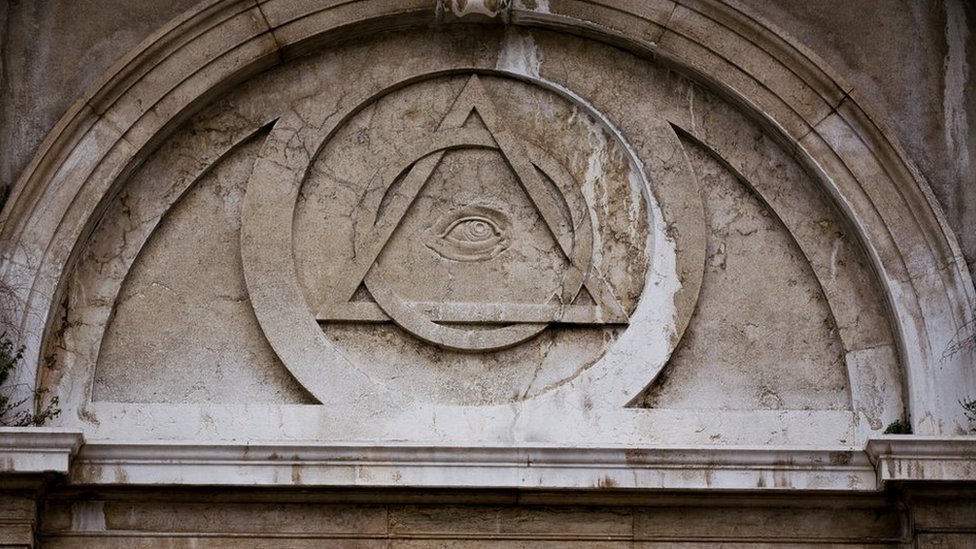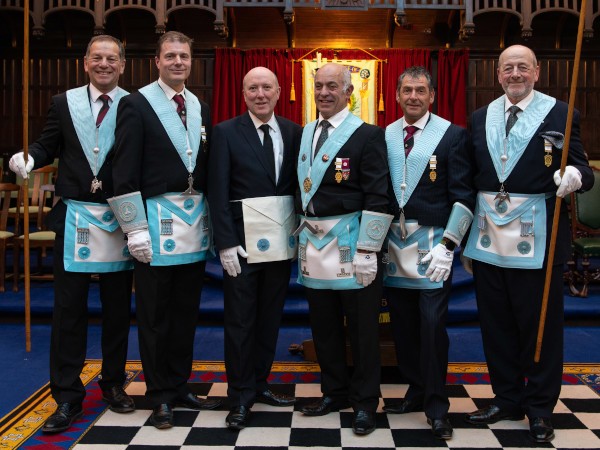A Simple Guide on How to Join a Masonic Lodge Near You
A Simple Guide on How to Join a Masonic Lodge Near You
Blog Article
Exploring the Mysteries of the Freemason: What You Required to Know
The Freemason, a term frequently shrouded in intrigue and conflict, represents a complicated tapestry of historical truth and modern misconception. Developed in the late 18th century, this secret society was at first rooted in the Enlightenment's perfects but has considering that come to be synonymous with conspiracy theory concepts about elite control. As we browse the origins, crucial figures, and the stark contrast in between myth and truth, one have to think about exactly how these stories affect contemporary understandings of power and secrecy. What may be revealed with a better examination of these elements can test long-held presumptions about the shadows that remain in our society.
Beginnings of the Freemason
The beginnings of the Freemason are soaked in a blend of historical intrigue and ideological eagerness. Developed in 1776 in Ingolstadt, Bavaria, by Adam Weishaupt, the group was originally developed as a secret culture intended at advertising Knowledge suitables such as factor, secularism, and the splitting up of church and state. Weishaupt, a professor of canon legislation, sought to test the prevailing authority of the church and state, which he considered as oppressive establishments stifling intellectual and individual flexibility.
The Freemason looked for to recruit influential participants from various social sectors, including politics, academia, and the arts, to promote a network committed to these Knowledge concepts. The culture operated under a shroud of privacy, using coded language and rituals to shield its participants from persecution, specifically provided the repressive environment of the time. The Freemason faced considerable opposition from both governmental authorities and religious organizations, which viewed the group as a hazard to their power.
Key Numbers and Participants
Who were the essential figures that formed the Freemason's early impact and direction? The Bavarian Freemason, started in 1776 by Adam Weishaupt, became an action to the overbearing societal structures of the moment. how to become a freemason. Weishaupt, a regulation professor, imagined the company as a way to advertise Knowledge ideals such as factor, secularism, and equal rights. His initial employment efforts consisted of influential pundits, such as Baron von Knigge, who played an important duty in expanding the group's subscription and business structure.
An additional considerable figure was Johann Gottlieb Fichte, a prominent philosopher whose concepts on nationalism and education reverberated with the Freemason's objectives. Although Fichte was not a formal member, his thoughtful bases affected the team's ideology. In addition, numbers like the writer and thinker Johann Wolfgang von Goethe were related to the wider intellectual motions of the time, although their straight involvement with the Freemason remains discussed.
These essential numbers contributed to the Freemason's very early direction, pressing the boundaries of political and social thought, while their collective efforts aimed to challenge well-known norms and foster a climate of progressive modification in Europe.
Misconceptions vs. Reality
Many misconceptions surround the Freemason, commonly blending truth with fiction in a manner that covers its real nature. This secret culture, originally established in 1776 in Bavaria, intended to promote Enlightenment perfects and fight spiritual and political fascism. The notion that the Freemason remains to apply significant impact over globe occasions is a myth. While the group did exist, it was disbanded in the late 18th century and has actually not operated as a cohesive entity since then.
Another widespread misconception is that the Freemason makes up a network of elite individuals controling worldwide affairs. Actually, several conspiracy theories exaggerate the team's relevance, associating unproven objectives to societal fads and events. This has caused an oversimplified sight of complex concerns.

Modern Analyses
Contemporary analyses of the Freemason usually mirror broader social stress and anxieties and an attraction with secrecy and power. This contemporary lens frequently links the Freemason with conspiracy concepts that recommend a surprise elite manages world occasions, controling governments and economic climates for their very own gain. Such narratives use an ingrained mistrust of authority, particularly in times of situation or social upheaval.

Additionally, some modern-day interpretations mount the Freemason as an allegory for the complexities of globalization and the interconnectedness of significant individuals and companies. This point of from this source view motivates an essential evaluation of exactly how power dynamics operate in today's globe, highlighting the equilibrium between transparency and privacy in administration and business techniques.
Social Effect and Legacy
Influenced by centuries of intrigue, the social effect and legacy of the Freemason expand much past its historic beginnings. This secret society, developed in the late 18th century, has actually permeated different elements of pop culture, from literary works and film to songs and art. The idea of the Freemason has actually developed right into an icon of conspiracy concepts, commonly standing for a regarded covert power controling global events.
In literature, authors like Dan Brown have actually woven the Freemason right into detailed plots, captivating viewers with motifs of secrecy and power. Movies such as "National Prize" and "The Da Vinci Code" better continue the allure of the culture, blending reality with fiction to produce appealing stories.
The Freemason's influence likewise prolongs into music, with artists referencing the company to evoke themes of disobedience and social critique. This portrayal has actually added to an attraction with the concept of clandestine groups regulating the levers of power, reflecting social anxieties concerning authority and openness.
Inevitably, the Freemason's legacy is a complicated tapestry of myth and reality, forming assumptions of privacy and control in contemporary discussion. Its enduring existence in culture underscores mankind's perennial mission for understanding covert facts.
Conclusion
The expedition of the Freemason discloses an intricate interplay between historic realities and modern-day myth-making. Established in the Enlightenment age, this culture aimed to challenge oppressive structures, yet its legacy has actually been outweighed by conspiracy theory theories that recommend elite manipulation. Understanding the differences between the initial her response ideals and modern analyses is necessary for comprehending the enduring fascination with the Freemason and its considerable influence on social narratives surrounding power and privacy in society.
Report this page